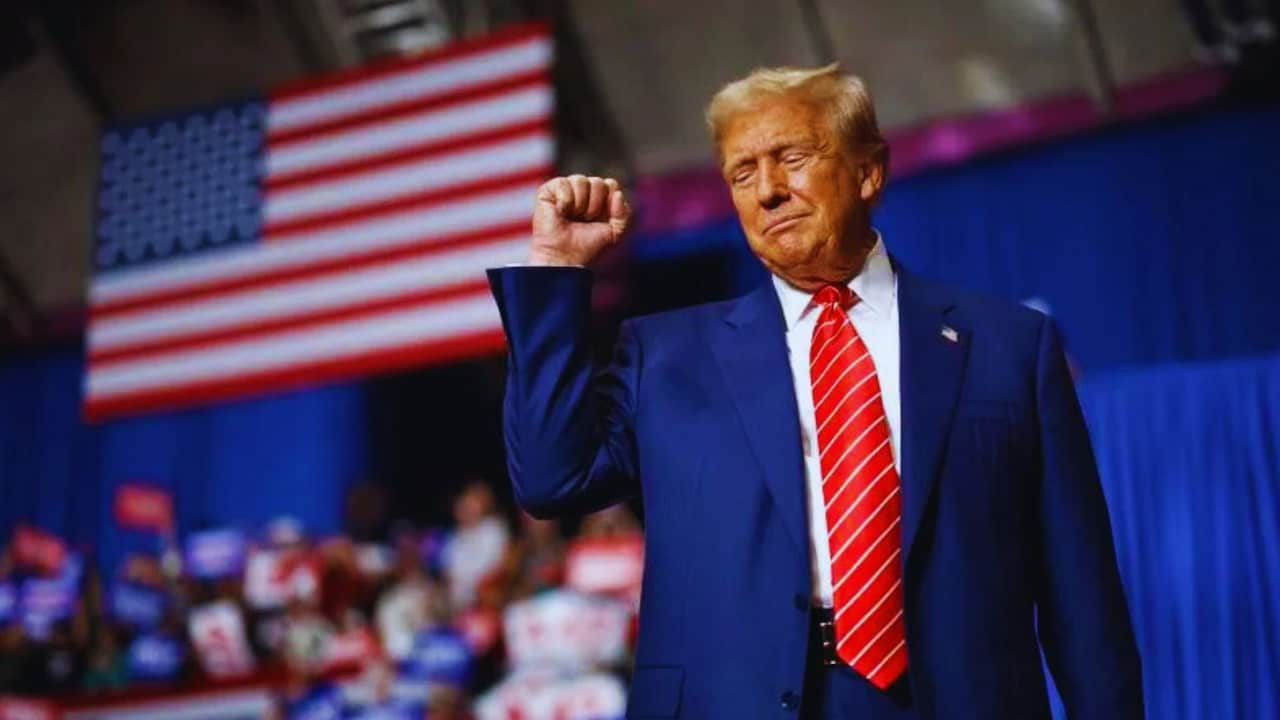Trump’s Tariff Plan Could Reshape American Shopping: What Your Wallet Needs to Know
From smartphones to sweaters, Donald Trump’s bold tariff proposals are set to impact virtually every American household. As the president-elect outlines his vision for a “manufacturing renaissance,” experts and business owners are weighing in on what could be the most significant shift in U.S. trade policy in decades.
The Big Numbers
Trump’s proposed tariff plan includes two major components:
- Tariffs ranging from 60% to 100% apply to Chinese goods.
- There are 10% to 20% tariffs on imports from all other U.S. trading partners.
The Peterson Institute for International Economics estimates these tariffs would cost the average American household about $2,600 per year. The National Retail Federation projects even higher numbers, suggesting American consumers could lose $46 billion to $78 billion in spending power annually.
What’s Going Up in Price?
Electronics
Your tech gadgets are likely to face some of the steepest price hikes.
- The number of laptops and tablets has increased by up to 46%.
- Smartphones: potential 26% jump
- Video game consoles and headphones have experienced significant price increases.
With about 90% of video and audio equipment currently imported, Raymond Robertson, a trade expert at Texas A&M University, warns, “I don’t know how this wouldn’t be incredibly disruptive.”
Clothing
Your wardrobe will also cost more.
- A $50 women’s sweater could jump to $60.
- The price of men’s jeans could potentially increase from $80 to $96.
- Basic clothing items could see up to 20% price increases.
Toys
Parents may need to reconsider their holiday budgets.
- Overall toy prices could surge up to 55%.
- A $50 tricycle might cost $78.
- Plush toys could rise from $17 to $27.
Local Business Impact
Bay Area business owners are already preparing for potential changes. Oliver McCrum, a Berkeley-based wine importer, is buying extra inventory to hedge against future price increases. Meanwhile, Kevin Teng, owner of K-pop store Saranghello in San Francisco, faces a unique challenge since his store imports 100% of products from South Korea.
Manufacturing Revival or Economic Strain?
Some U.S. manufacturers see opportunity in the proposed tariffs. Drew Greenblatt, president of Marlin Steel, anticipates doubling his 115-person staff if the tariffs take effect. However, economists warn of potential downsides:
- Higher inflation rates
- Increased interest rates
- Supply chain disruptions
- There could be job losses in industries dependent on imports.
Mixed Business Reactions
The manufacturing sector shows divided opinions:
- Matt Bigelow of Vermont Flannel expresses his concern about the impact of inflation.
- Bayard Winthrop of American Giant supports gradual tariff increases.
- Stephen Liquori of Goodwear USA sees potential benefits but worries about consumer costs.
Trump Team’s Response
The Trump transition team, through spokesperson Karoline Leavitt, defends the proposal: “In his first term, President Trump instituted tariffs against China that created jobs, spurred investment, and resulted in no inflation.”
Looking Ahead
As businesses and consumers prepare for potential changes, the debate continues over whether these tariffs will achieve their intended goal of boosting American manufacturing or instead lead to higher costs for everyday items. The impact would reach far beyond just prices, potentially reshaping how Americans shop and how businesses operate in the global marketplace.
While some see this as a path to American manufacturing revival, others worry about the immediate impact on consumer wallets. As one expert puts it, “This will directly impact people’s pocketbooks.” The coming months will be crucial as businesses and consumers alike prepare for what could be a significant shift in America’s economic landscape.
